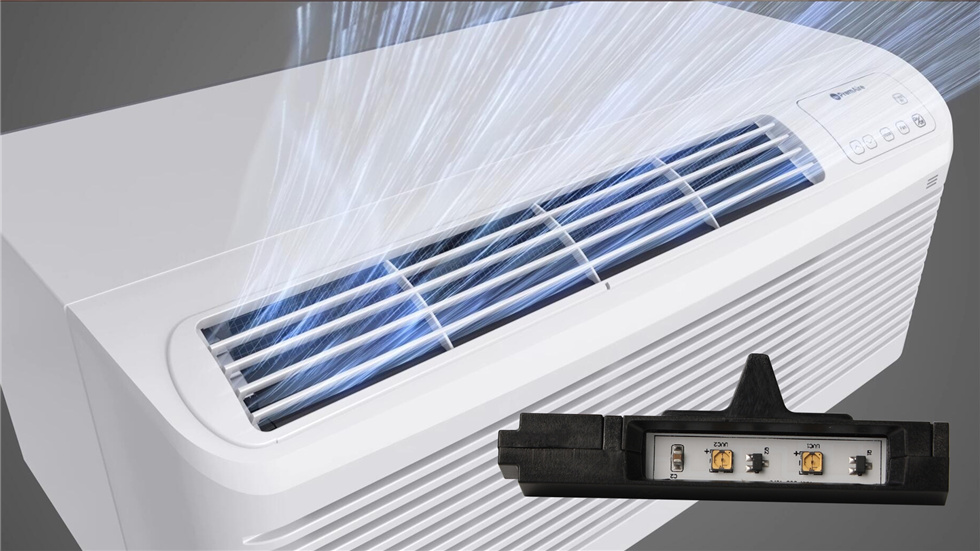UV LED Air Sterilization
UV air sterilization utilizes ultraviolet (UV) light to neutralize bacteria, viruses, mold spores, and other airborne pathogens. UV-C light, specifically at a wavelength of 254nm, is particularly adept at disinfecting surfaces and eliminating microorganisms.


UV LED Module For Air Conditioner
Air Sterilization

When undertaking disinfection and sterilization of car spaces, several considerations should be kept in mind. Firstly, it's essential to select disinfection products or equipment that meet established standards and adhere to proper usage protocols. Secondly, ensuring an adequate disinfection period is necessary to ensure the complete inactivation of bacteria and viruses.
Lastly, maintaining good ventilation is crucial for dissipating residual chemicals from the vehicle. Overall, the disinfection and sterilization of car spaces are critical tasks for safeguarding the health and safety of passengers. By implementing regular disinfection measures, bacteria, viruses, and other pathogens can be effectively eradicated, providing passengers with a clean and healthy riding environment.




